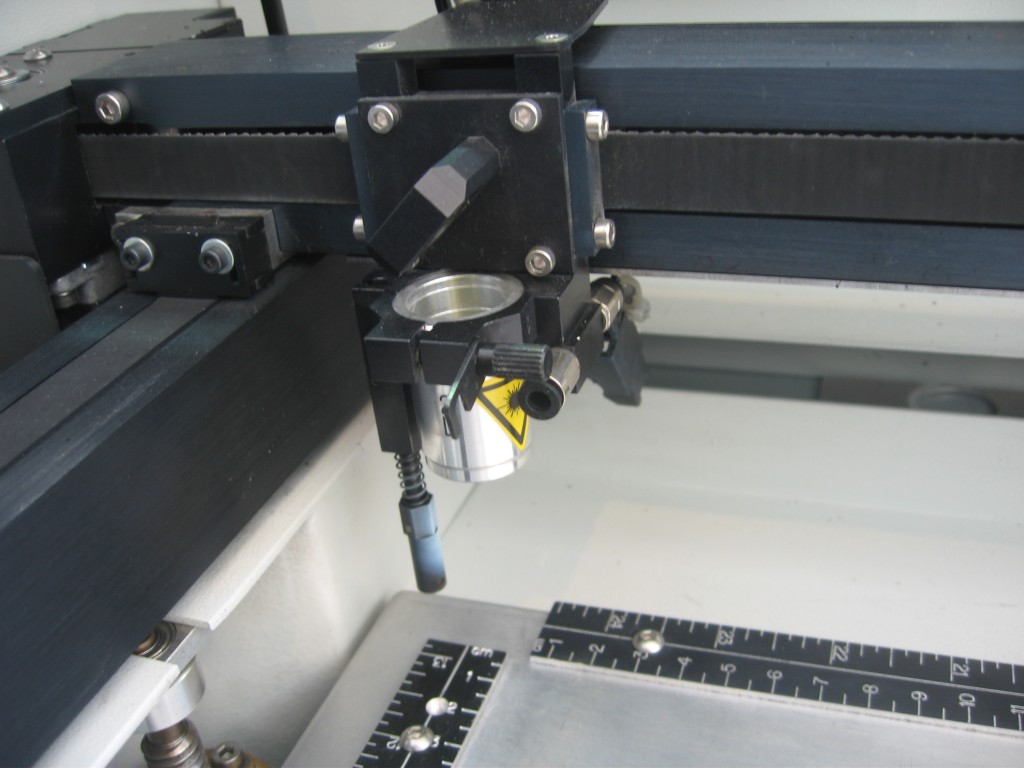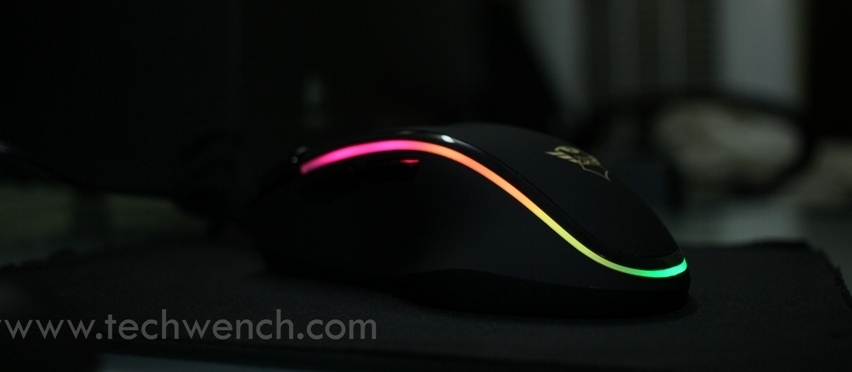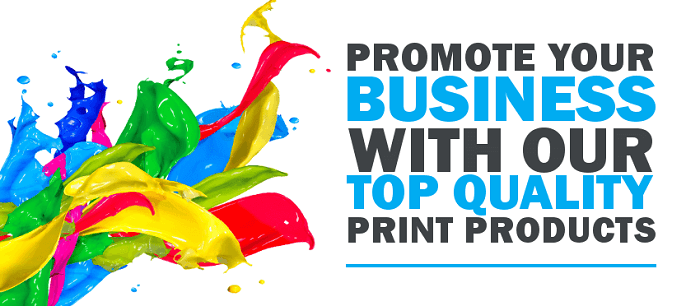Laser stands for ‘light amplification of the stimulated emission of radiation.’ A simple acronym for a complex process, the uses of lasers are manifold. For example, even within the highly specific industry of marking, there are several sub categories that each has their pros and cons. Laser etching for example has its own unique qualities that may be worth considering. With that in mind let’s take a moment to explain what laser etching is. In addition, we will review what the alternative forms of etching exist and how they differ from laser etching. You can find the most innovative laser marking machine at LASIT. Stay up to date on our activities.

So, What Is Laser Etching?
Laser etching is best categorized as a subset of laser engraving .During the laser etching process, heat from the laser beam causes the surface level of material to melt. The melting material expands outward, causing a raised mark on the surface of the material. While engraving will cut into the material a significant amount, laser etching will typically result in a depth of a mark no more than .001 inches deep. Given the uniformity of the etching, the process is pretty incredible in regards to its continuous precision.
Beware The Difference Between Laser Etching, Engraving, & Marking
More often than not, you will see the word etching used interchangeably with engraving or marketing. Beware that while the terms are used to mean one another, they mean very different things in the industry. For example, Needham Coding, which sells laser engraving machines in the UK, explains that the material is hit to the point where it evaporates, creating the indentation. Several passes are required to make deep marks with a laser engraver. A laser marking process on the other hand uses the process called discoloration to gradually mark material by passing it slowly under the laser. With the oxidation caused under the surface, the markings will remain without there being any surface damage.
Laser etching can change the surface finish of metals, causing it to alter the reflective properties and enhance the contrast of the material as a result. Unlike other laser techniques, laser etching can be done on bare, plated or anodized metal surfaces. In addition, it can also be done on ceramics and polymers as well.
Where Does This Leave Us?
Laser etching is perfect if you want to make an indent that creates a textural difference and leaves an ever so slight change in the elevation of the material. This can be perfect for highlighting certain aspects of what you are etching. For example, it can be a great way to show different parts of a piece of metal. Ultimately, you no doubt have already come up with an interesting use for this fascinating technology.










Comments